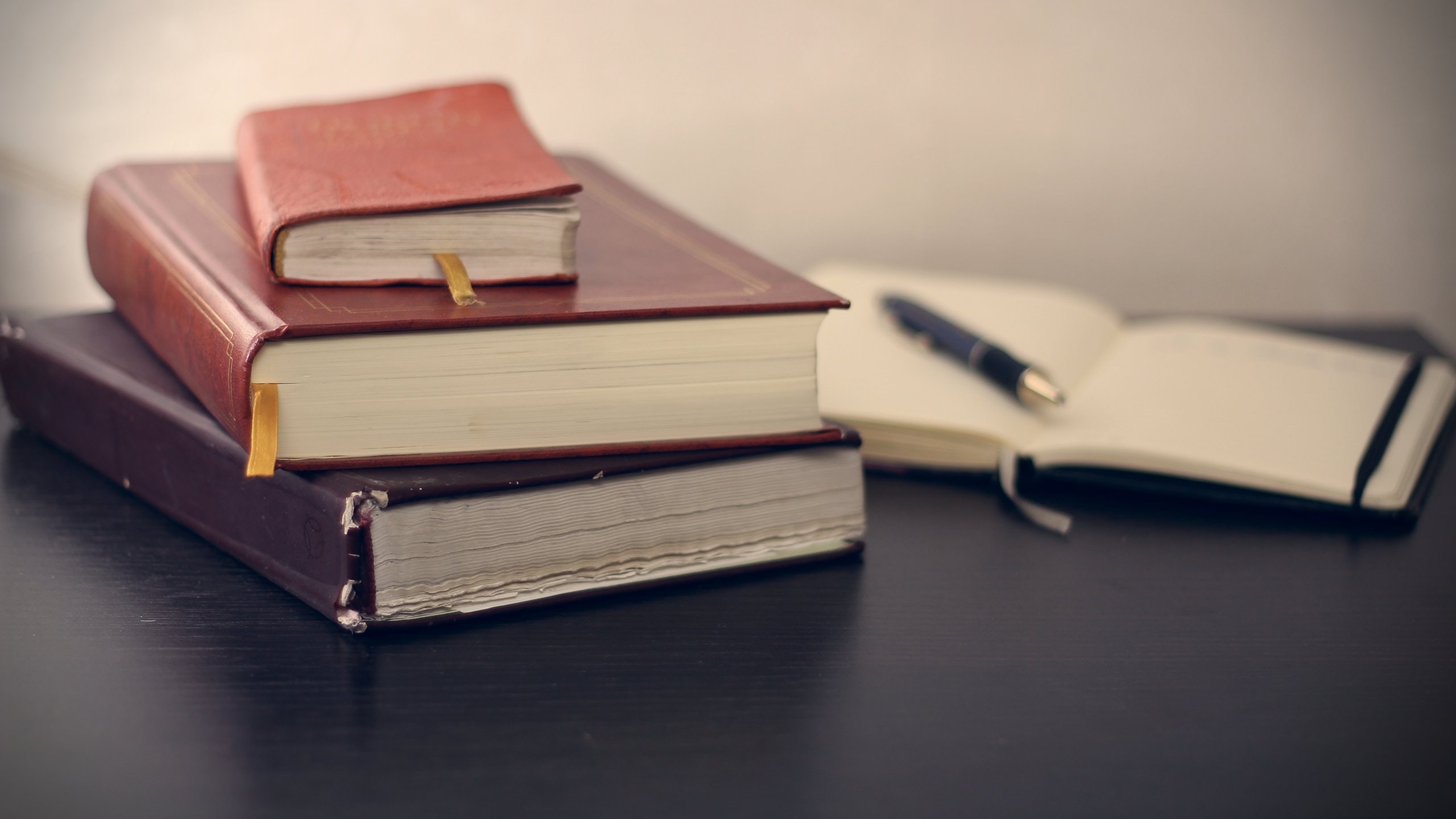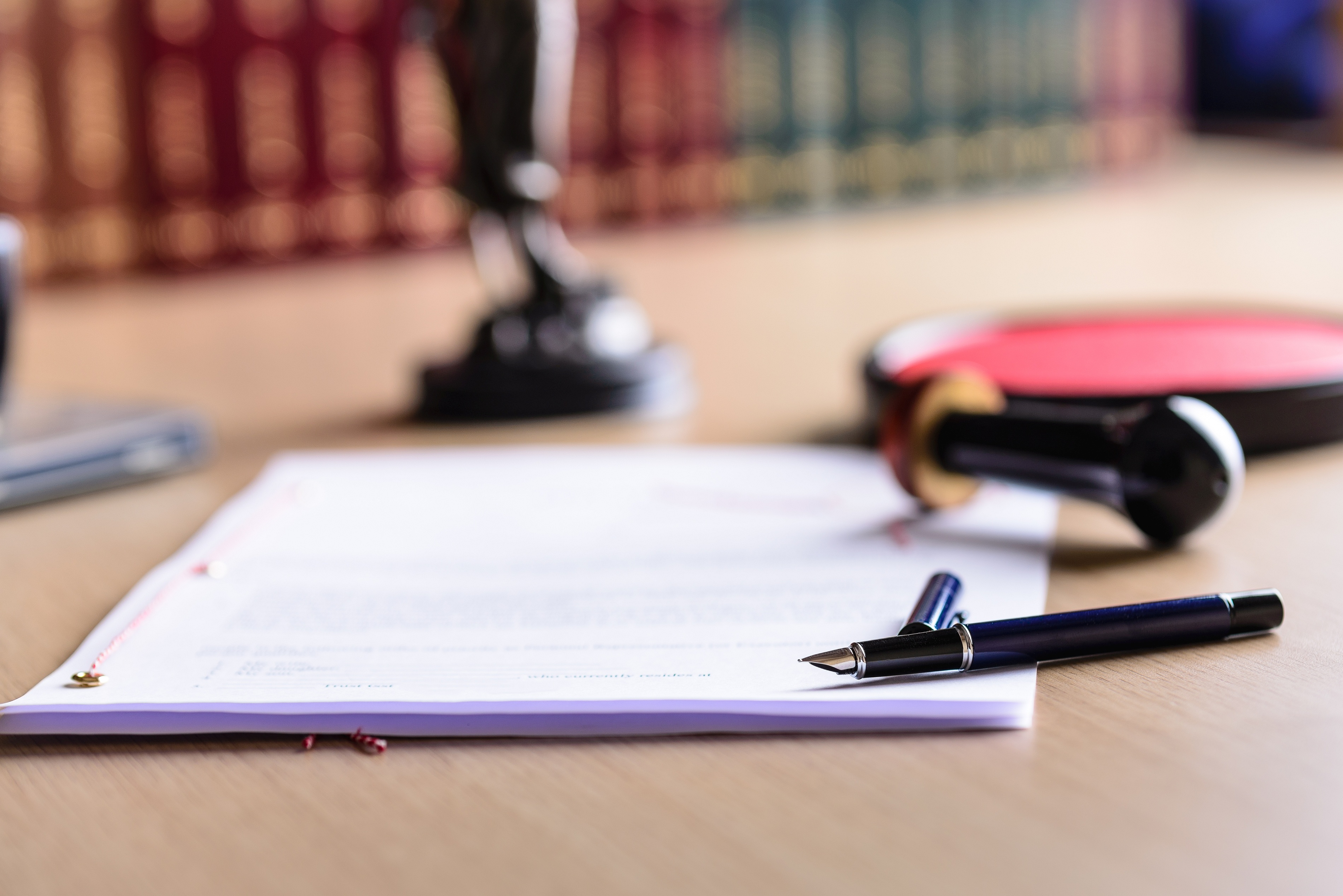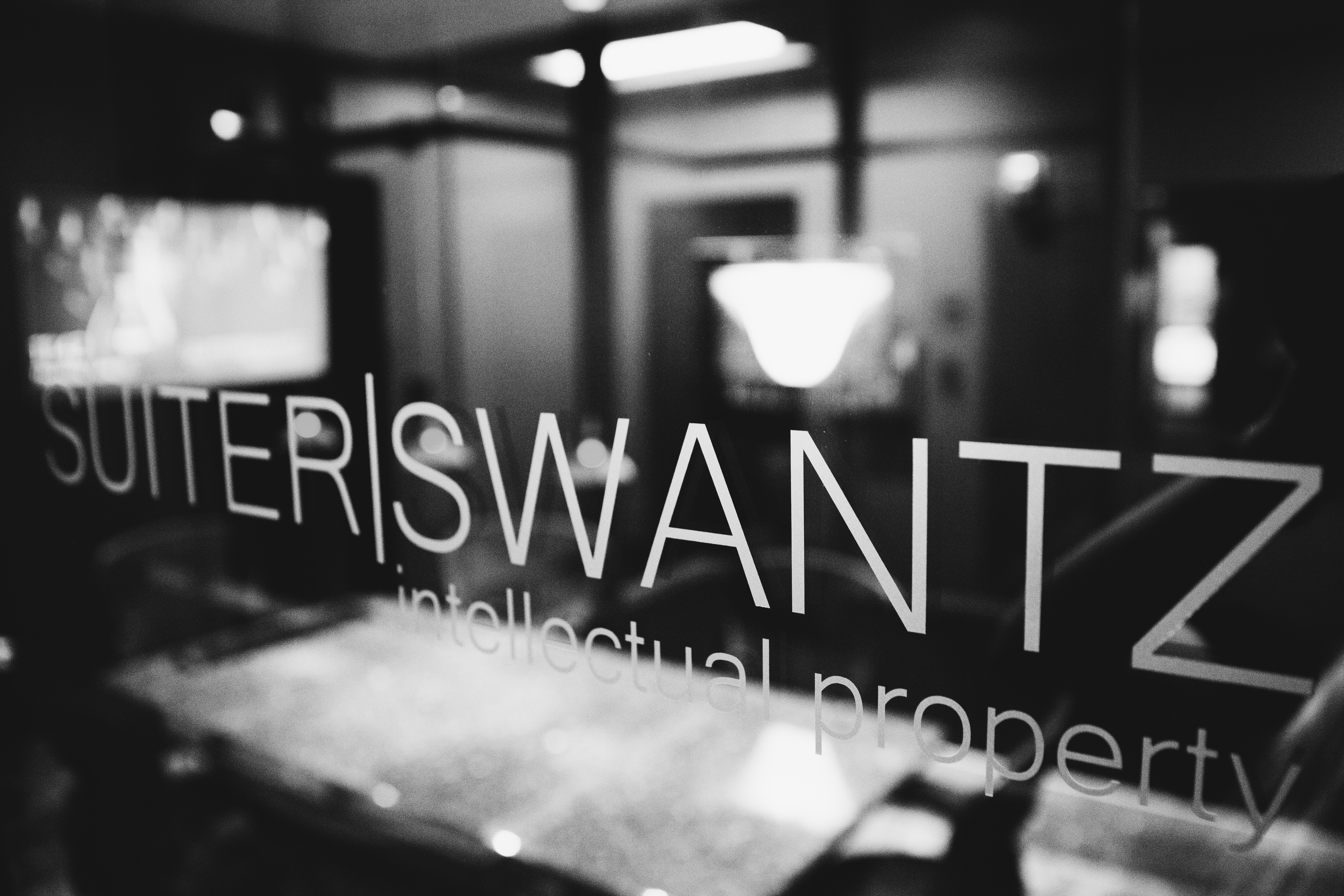Judicial constructions of “public use” prior to the America Invents Act (AIA) likely apply to “public use”
 Ben Smith is a patent attorney at Suiter Swantz IP. He received his B.S. in Mechanical Engineering from the University of Nebraska Lincoln and his Juris Doctor with distinction from the University of Nebraska College of Law. Ben is admitted to the Nebraska Supreme Court and the U.S. District Court, District of Nebraska. He is also registered to practice before the United States Patent and Trademark Office.
Ben Smith is a patent attorney at Suiter Swantz IP. He received his B.S. in Mechanical Engineering from the University of Nebraska Lincoln and his Juris Doctor with distinction from the University of Nebraska College of Law. Ben is admitted to the Nebraska Supreme Court and the U.S. District Court, District of Nebraska. He is also registered to practice before the United States Patent and Trademark Office.
Judicial constructions of “public use” prior to the America Invents Act (AIA) likely apply to “public use” under 35 U.S.C. § 102(a)(1), in light of Helsinn v. Teva (2019).
In 2019, the Supreme Court found that judicial constructions of “on sale” under § 102(b) (pre-AIA) apply to the “on sale” bar to patentability under the AIA. One outstanding issue is whether existing pre-AIA judicial constructions also apply to the “public use” bar on patentability found in § 102(a)(1). Although not explicitly stated by the Supreme Court, the analysis for the “on sale” bar would be substantially analogous to the “public use” bar. Thus, pre-AIA judicial constructions of “on sale” would likely be found to apply to § 102(a)(1).
Prior to 2013, the United States included a public use bar to patentability in 35 U.S.C. 102(b) (pre‑AIA) which provided that “a person shall be entitled to a patent unless … (b) the invention was patented or described in a printed publication in this or a foreign country or in public use or on sale in this country, more than one year prior to the date of the application for patent in the United States”.
In 2013, the Leahy-Smith America Invents Act amended 35 U.S.C. § 102(a)(1) to provide that “a person shall be entitled to a patent unless (1) the claimed invention was patented, described in a printed publication, or in public use, on sale, or otherwise available to the public before the effective filing date of the claimed invention”. The addition of the phrase “or otherwise available to the public” raised an outstanding issue as to whether Congress intended to alter the meaning of “on sale” and/or “in public use”.
In Helsinn Healthcare S.A. v. Teva Pharms. USA, Inc., the Supreme Court applied a presumption that when Congress reenacted the same “on sale” language in the AIA, it adopted the earlier judicial construction of that phrase. The Supreme Court then found that the addition of the catchall phrase “or otherwise available to the public” in the AIA did not alter the meaning of “on sale”, such that pre-AIA judicial constructions apply. See Helsinn Healthcare S.A. v. Teva Pharms. USA, Inc., 139 S. Ct. 628, 630, 202 L. Ed. 2d 551 (2019). Notably, the opinion of the Supreme Court was unanimous.
The Supreme Court did not specifically address whether the addition of the catchall phrase “or otherwise available to the public” in the AIA altered the meaning of “public use” in Helsinn. However, the court’s rational regarding congressional intent of the term “on sale” would be substantially similar for the term “public use”. A court would likely presume that when Congress reenacted the same “public use” language in the AIA, it adopted the earlier judicial construction. The burden would then be placed on the party attempting to rebut the presumption.
The USPTO, patent prosecutors, litigants, and lower courts would be reasonable to follow well-settled pre-AIA precedent regarding the meaning of “public use” for patents and patent applications subject to the American Invents Act for the reasons set forth above. For example, the USPTO currently treats the public use provision of AIA 35 U.S.C. 102(a)(1) with the same substantive scope, with respect to uses by either the inventor or a third party, as public uses under pre-AIA 35 U.S.C. 102(b) by unrelated third parties or others under pre-AIA 35 U.S.C. 102(a). See MPEP 2152.02(c).
The views and opinions expressed in this paper are solely those of the author in his private capacity and do not represent those of Suiter Swantz pc llo. This article is provided for information purposes and is not intended to provide substantive legal advice. Further information may be found by contacting legal counsel.
Suiter Swantz IP is a full-service intellectual property law firm providing client-centric patent, trademark, and copyright services. If you need assistance with an intellectual property matter and would like to speak with one of our attorneys, please contact us at info@suiter.com.
Suiter Swantz IP Welcomes New Summer Associates
Suiter Swantz IP welcomes summer associates Christina D. Ralston, Thomas J. Simonson, and Lucas R. Zoller.

Christie Ralston is a summer associate at Suiter Swantz IP. Christie received her B.S. in Biology and minor in German from the University of Kansas.
Christie currently attends Washington University School of Law and is expected to receive her Juris Doctor May 2024.
Christie serves as an executive board member for WashULaw’s Health Law Association and Energy and Environmental Law Society and is also a member of the Women’s Law Caucus and Public Service Advisory Board.
Outside of the office, Christie enjoys rock climbing, long-distance running, and putting together jigsaw puzzles.

Tom Simonson is a summer associate at Suiter Swantz IP. Tom graduated with honors from the Colorado School of Mines with a B.S. in Mechanical Engineering and a minor in Economics.
Tom is currently a student at the University of Nebraska College of Law and expects to receive his Juris Doctor May 2024.
Tom is a member of the Community Legal Education Project and Student Bar Association.
Outside of the office, Tom enjoys snowboarding, golfing, playing basketball, and watching Husker sports.

Luke Zoller is a summer associate at Suiter Swantz IP. Luke received a B.S. in Physics, with a minor in Chemistry and Math, and a Master of Business Administration from Concordia University, Nebraska.
Luke currently attends the University of Nebraska College of Law and is expected to receive his Juris Doctor May 2024.
Luke is a member of the Student Intellectual Property Law Association and the Nebraska Christian Legal Society.
In his free time, Luke enjoys traveling, hiking, and other outdoor activities. He also enjoys playing sports such as tennis, golf, and soccer.
Suiter Swantz IP is a full-service intellectual property firm providing client-centric patent, trademark, and copyright services. If you need assistance with an intellectual property matter and would like to speak with one of our attorneys, please contact us at info@suiter.com.
Fun in the Sun - Summer Patents!
What do you think of when you think of summer? We've found a few summer inventions that are staples in most people's summertime experiences!
Flip Flops - Patent No. 2012/0079739 A1
Flip flops date back to ancient Egyptians sporting them in 1500 BC, but they gained major popularity in the United States when World War II soldiers returning from Japan brought them back. Their popularity began to surge in the 1960s and, in the early 2000s, flip flops were a $20 billion-dollar industry…that’s impressive considering you can usually buy a pair for a dollar.
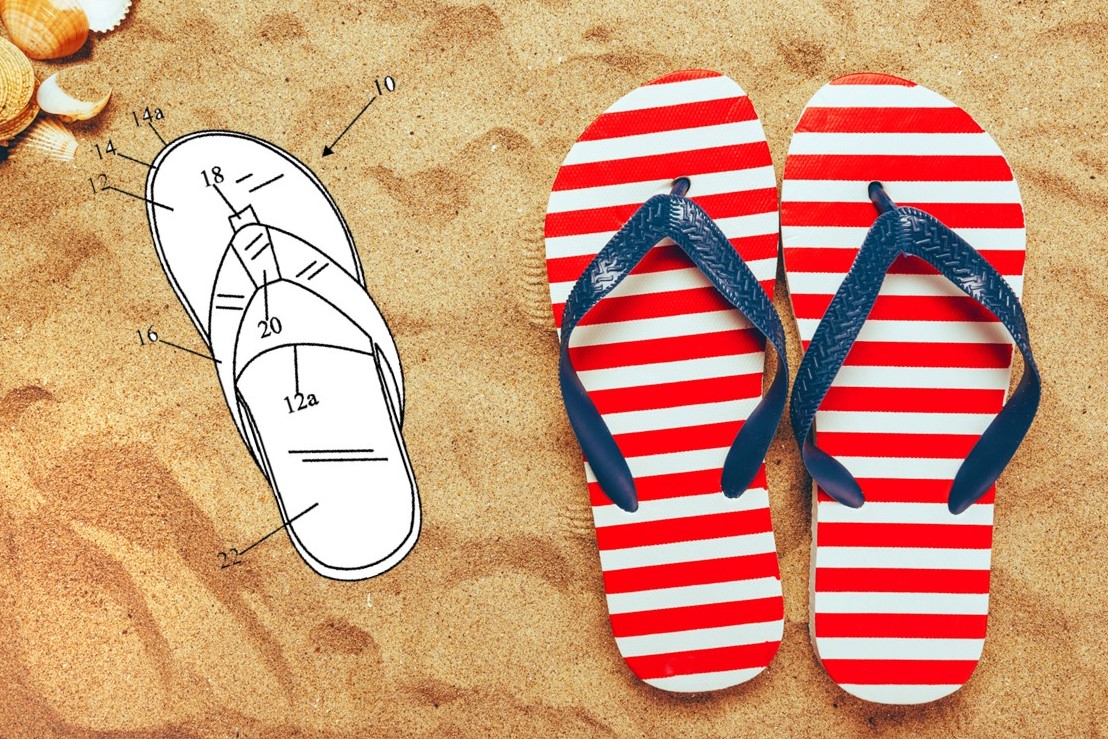
Super Soaker – Patent No. 5,074,437
The Super Soaker was invented while Lonnie Johnson was working on something unrelated — an improved heat pump that had nothing to do with bored teenagers or summer activities. While he was tinkering, the prototype sprang a leak and shot water across the room. Johnson realized that kids on a hot summer day would probably appreciate a device that could shoot water across a room. However, he did not consider whether their parents would also enjoy such a device. Anyway, that is how the Super Soaker was born. Johnson's invention was launched in 1990, and by 1992, it was the world's top-selling toy.
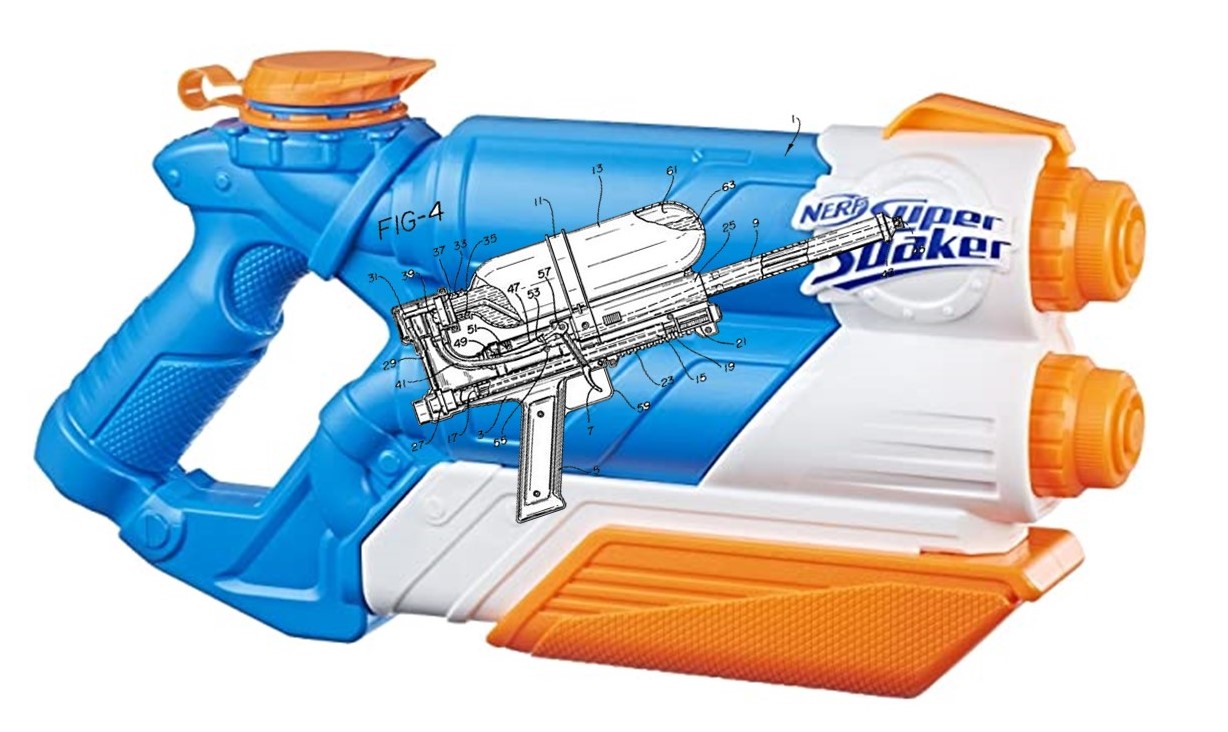
Flying Saucer - Patent No. 3,359,678
The story of the Frisbee began in Bridgeport, Connecticut, where William Frisbie opened the Frisbie Pie Company in 1871. Students from nearby universities would throw the empty pie tins to each other, yelling “Frisbie!” as they let go. Since then, there have been several, similar, patented flying toys. This particular patent, number 3,359,678, relates to aerodynamic toys to be thrown through the air and in particular to flying saucers for use in throwing games.
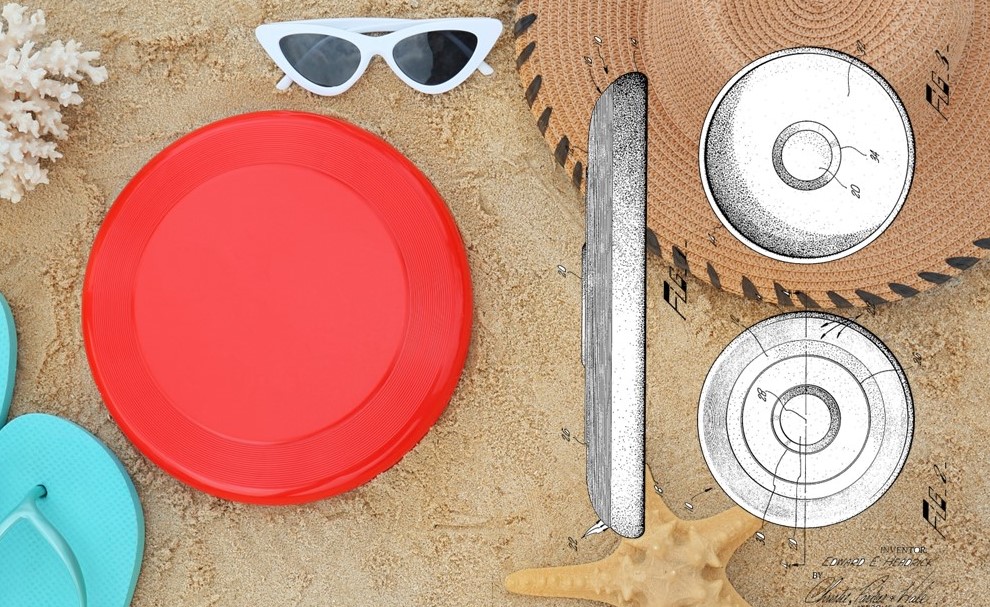
Misting Umbrella - Patent No. 6,886,759
Protect yourself from the sun and cool off at the same time! In 2005 Andrew Okronick was issued this misting umbrella patent which combines an umbrella with a misting system to provide a user the benefits of shade and cooling.
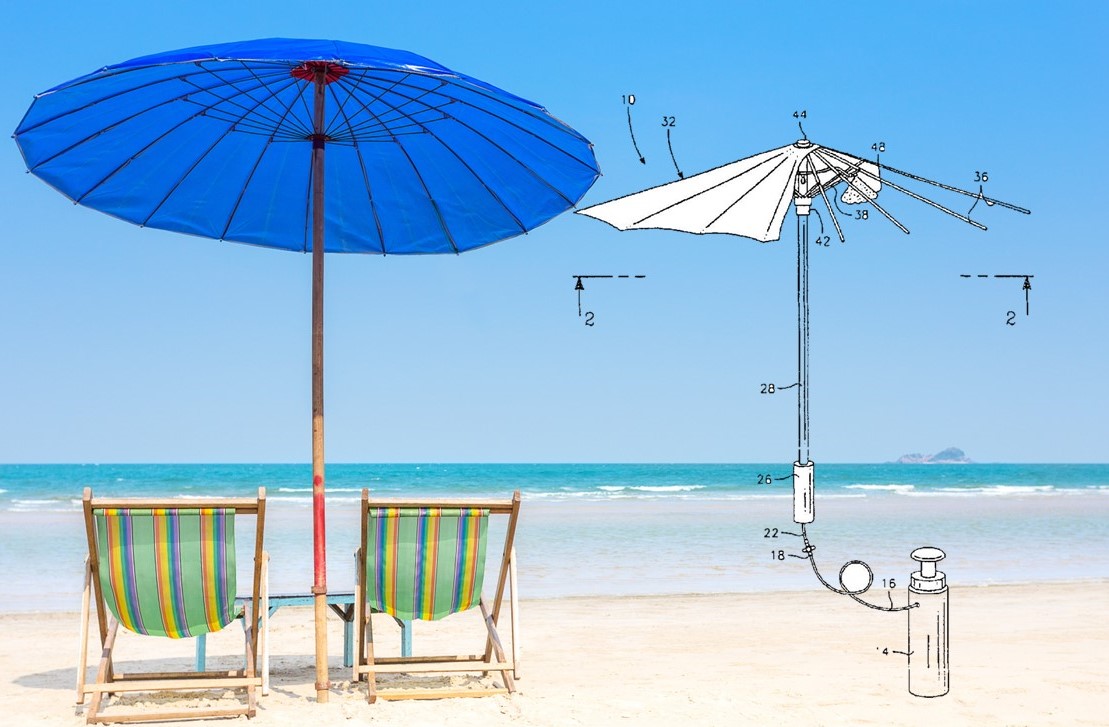
Hammocks were used for many years by Native Americans, and Christopher Columbus made note of them in his native voyage saying, “A great many Indians in canoes came to the ship to-day for the purpose of bartering their cotton, and hamacas, or nets, in which they sleep.” Oscar Potter was issued hammock patent 717,119 in 1902. His design was made to support the body more comfortably while laying in it.
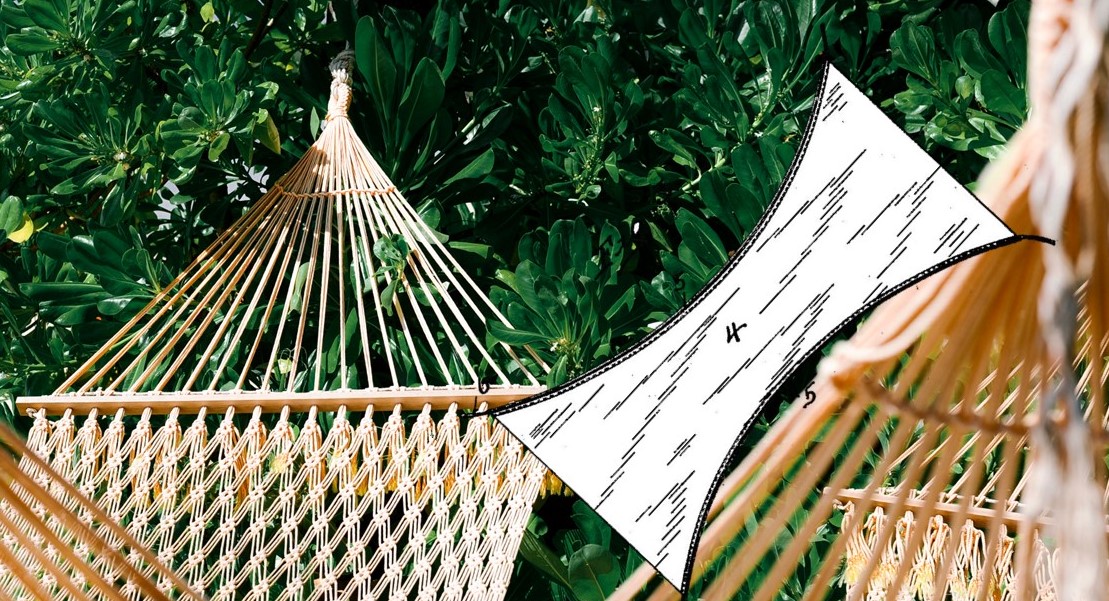
Suiter Swantz IP is a full-service intellectual property law firm providing client-centric patent, trademark, and copyright services. If you need assistance with an intellectual property matter and would like to speak with one of our attorneys, please contact us atinfo@suiter.com.
Suiter Swantz IP Welcomes New Staff
Dennis Thomte, Jan Sedivy and Stacy Jolley join Suiter Swantz IP after Thomte Patent Law Office, L.L.C. merger.
We are honored and excited to welcome the staff from Thomte Patent Law Office, L.L.C. Dennis Thomte and his team provide a wealth of experience in patent litigation advisement and patent preparation and prosecution along with a commitment and dedication to best serve each individual client they represent.
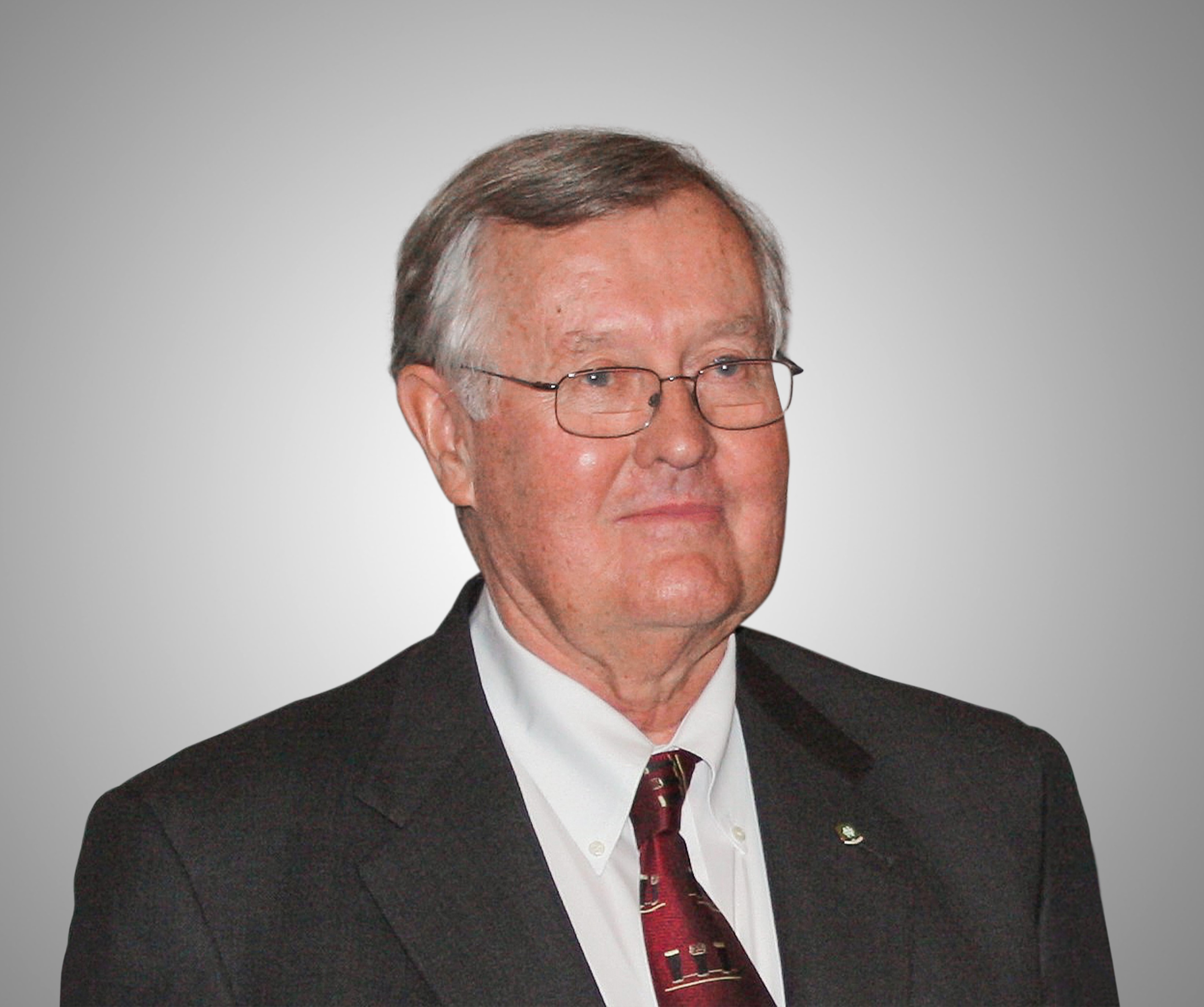
Dennis Thomte graduated from the University of North Dakota School of Law. He became a patent lawyer shortly after graduation from law school and has written approximately 4,000 patent applications in his career. Dennis has been named as one of the top patent lawyers in the world on two occasions and was admitted to the American College of Trial Lawyers in 1983.
In Dennis’s free time, he enjoys golf along with spending time with his great-grandkids, grandkids, daughters, and friends.

Stacy Jolley joined Suiter Swantz IP in 2022 as an accounting assistant formerly working at Thomte Patent Law. She graduated from the University of Nebraska Lincoln with a B.S. in Business Administration.
When Stacy is away from the office she serves as the president of the Millard school board and enjoys volunteering, traveling with her husband and three children, and singing the national anthem at local sporting events.
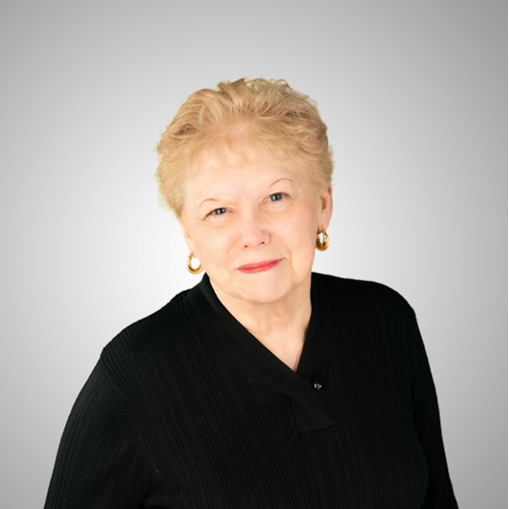
Jan Sedivy joined Suiter Swantz IP in 2022 as an intellectual property paralegal formerly working at Thomte Patent Law Office. Jan has years of experience as an intellectual property paralegal with former extensive experience as an office manager and administrative roles.
When she is not working, Jan enjoys U. S. Masters Swim practices and meets, working out, quilting/hand sewing, her four cats, and being with friends and family.
Suiter Swantz IP is a full-service intellectual property law firm providing client-centric patent, trademark, and copyright services. If you need assistance with an intellectual property matter and would like to speak with one of our attorneys, please contact us at info@suiter.com.
National Inventors Month-Hall of Fame Inductees
May is National Inventors Month. This annual celebration was created to promote the positive image of inventors and the real contributions they give to this world. In celebration of National Inventors Month, get to know these inventors who have shaped our society and improved our lives.
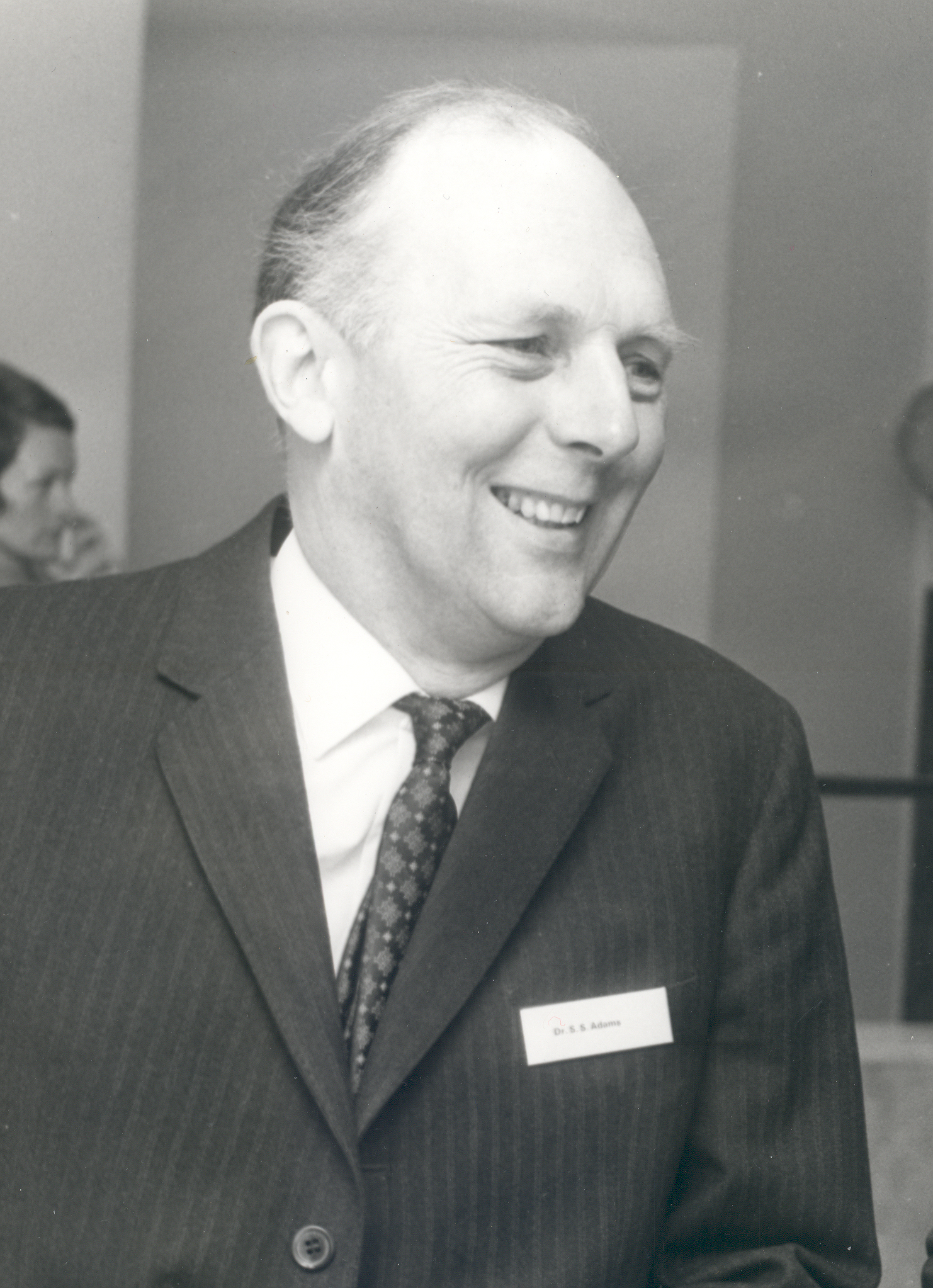
In the early 1950s, Stewart Adams, a pharmacologist at Boots Pure Drug Co. in England, was tasked with finding new treatments for rheumatoid arthritis. Adams was joined in 1956 by chemist John Nicholson, and the two collaborated over the next decade to develop ibuprofen. Today, ibuprofen is one of the safest, most effective and most widely used treatments for reducing the pain, fever and inflammation caused by conditions such as arthritis, headaches and the common cold.
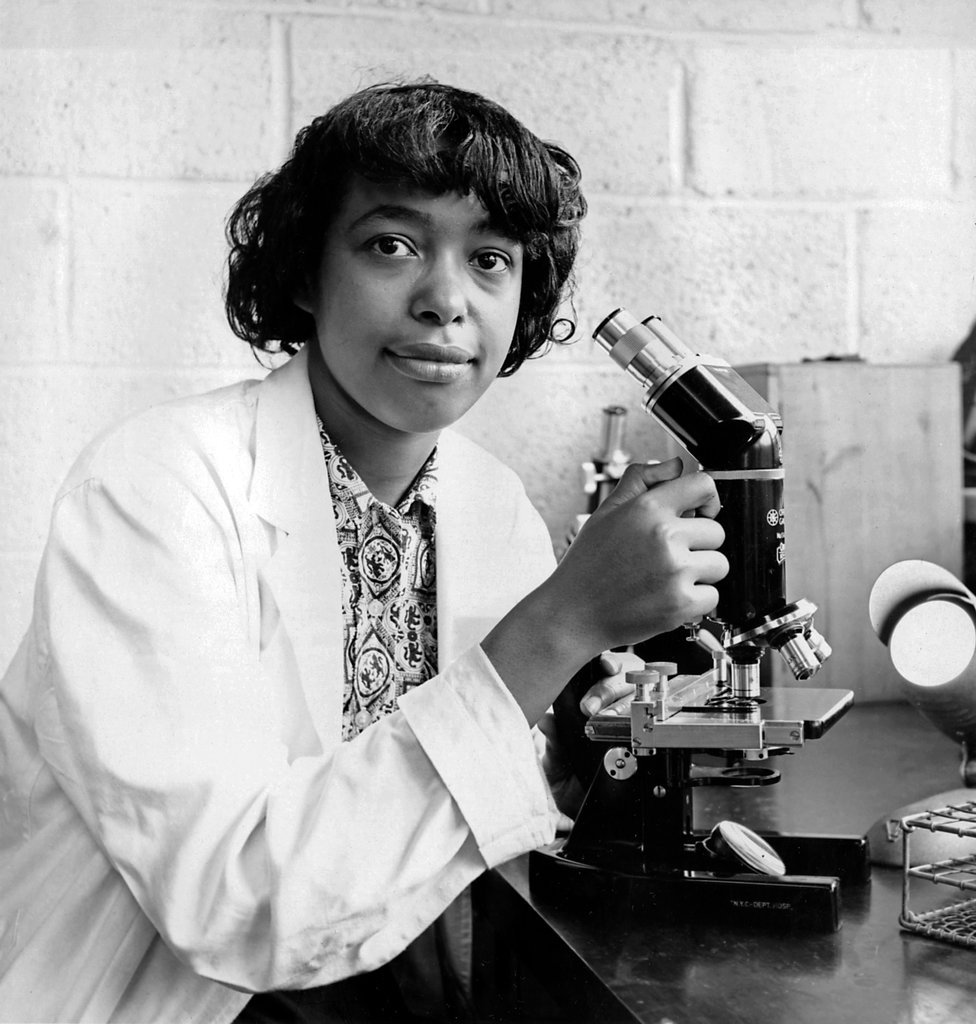
Dr. Patricia Bath invented laserphaco, a new device and technique to remove cataracts. It performed all steps of cataract removal: making the incision, destroying the lens and vacuuming out the fractured pieces. Bath is recognized as the first Black woman physician to receive a medical patent.

Chieko Asakawa invented the Home Page Reader (HPR), the first practical voice browser to provide effective Internet access for blind and visually impaired computer users. Designed to enable users to surf the Internet and navigate Web pages through a computer’s numeric keypad instead of a mouse, HPR debuted in 1997; by 2003, it was widely used around the world.
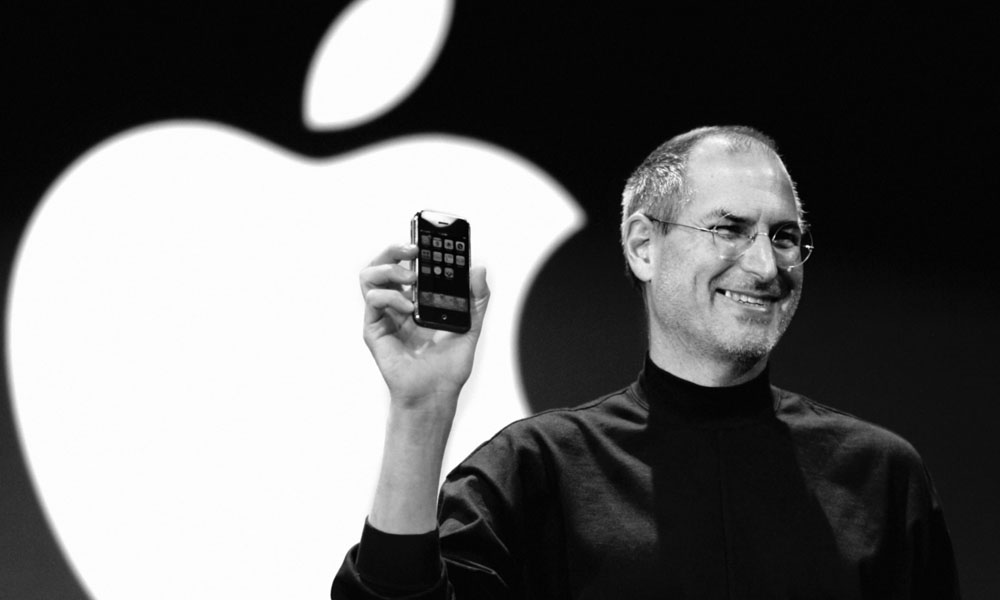
Steve Jobs was just 21 in 1976 when he co-founded Apple Computer with his friend, NIHF Inductee Steve Wozniak. During his lifetime, he was a major influence on a number of industries, including personal computing, animated movies, music, smart phones, tablet computing, retailing, and digital publishing.
With Jobs as Apple CEO, the first Mac computer was launched in 1984. In 1985, Jobs left Apple and founded NeXT, Inc., a company which sold a desktop computer with advanced software. NeXT was eventually purchased by Apple in 1996. In 1986, Jobs acquired Pixar Animation Studios which went on to create computer-animated film hits, including Toy Story and Finding Nemo. Disney acquired Pixar in 2006. After Jobs returned to Apple as CEO in 1997, a number of popular Apple products were introduced, including the iMac®, the iPod®, the iPhone®, and the iPad® tablet computer. Jobs made critical contributions to the operating systems for the devices, the design of user interfaces, and the touch screen technology incorporated into them.
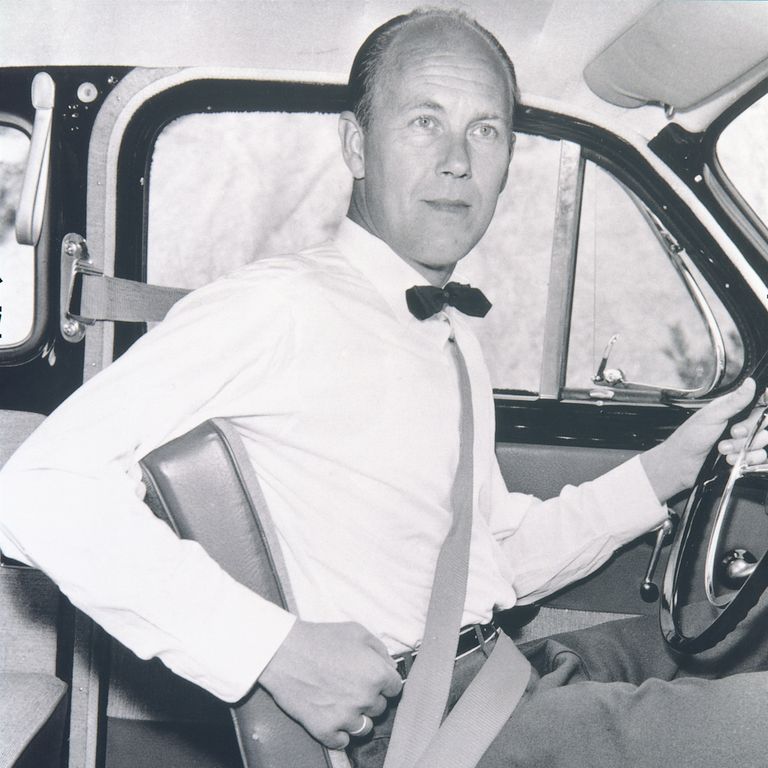
Nils Bohlin, while with Volvo, invented the three-point safety belt, a standard in the modern automobile. Early tests showed that the belt was effective in restraining the body in high-speed crashes and in preventing ejection. The National Highway Traffic Safety Administration estimates that in the U.S., the seat belt saves over four thousand lives and prevents over 100,000 injuries a year.
Bohlin was recruited in 1958 by Volvo to become its first safety engineer. Coming from the aerospace industry, Bohlin had seen stresses that the human body undergoes in high-speed crash situations, and he understood the limitations of restraint devices, particularly those that were uncomfortable and difficult to use. Following a year of extensive testing and engineering, Bohlin realized that straps across the chest and across the hips restrained people efficiently. His simple solution allowed a person to buckle up with just one hand. The seat belt proved so effective that Volvo sent Bohlin to America to promote his seat belt to the Consumer Products Safety Commission.
Source: https://www.invent.org/
Suiter Swantz IP is a full-service intellectual property law firm providing client-centric patent, trademark, and copyright services. If you need assistance with an intellectual property matter and would like to speak with one of our attorneys, please contact us at info@suiter.com.
The Patents Behind Basketball
Big congratulations to the 2022 NCAA men's national champions, Kansas Jayhawks!
This March Madness consider how the sport has evolved through innovations in ball design, hoops and training devices.
Basketball
In 1929 G.L. Pierce was awarded U.S. patent #1,718,305 for the basketball itself. It is one of the few basketball-related items that have changed very little over the years.

Basketball Net
The nets were originally peach baskets, though they didn’t hold up very well and often had to be replaced. Also, when nailed up on a wall, the only way to get the ball out of the basket was with a ladder. Naturally, this slowed the games significantly. The next attempt consisted of drilling a small hole at the bottom of the basket so that a stick could be inserted to punch the ball out. This also failed to keep the games moving as the stick would often go missing. The nets continued to be experimented with, until in 1940 U.S. patent #6,746,349 was granted for a resilient net-like body of a generally tapered configuration.
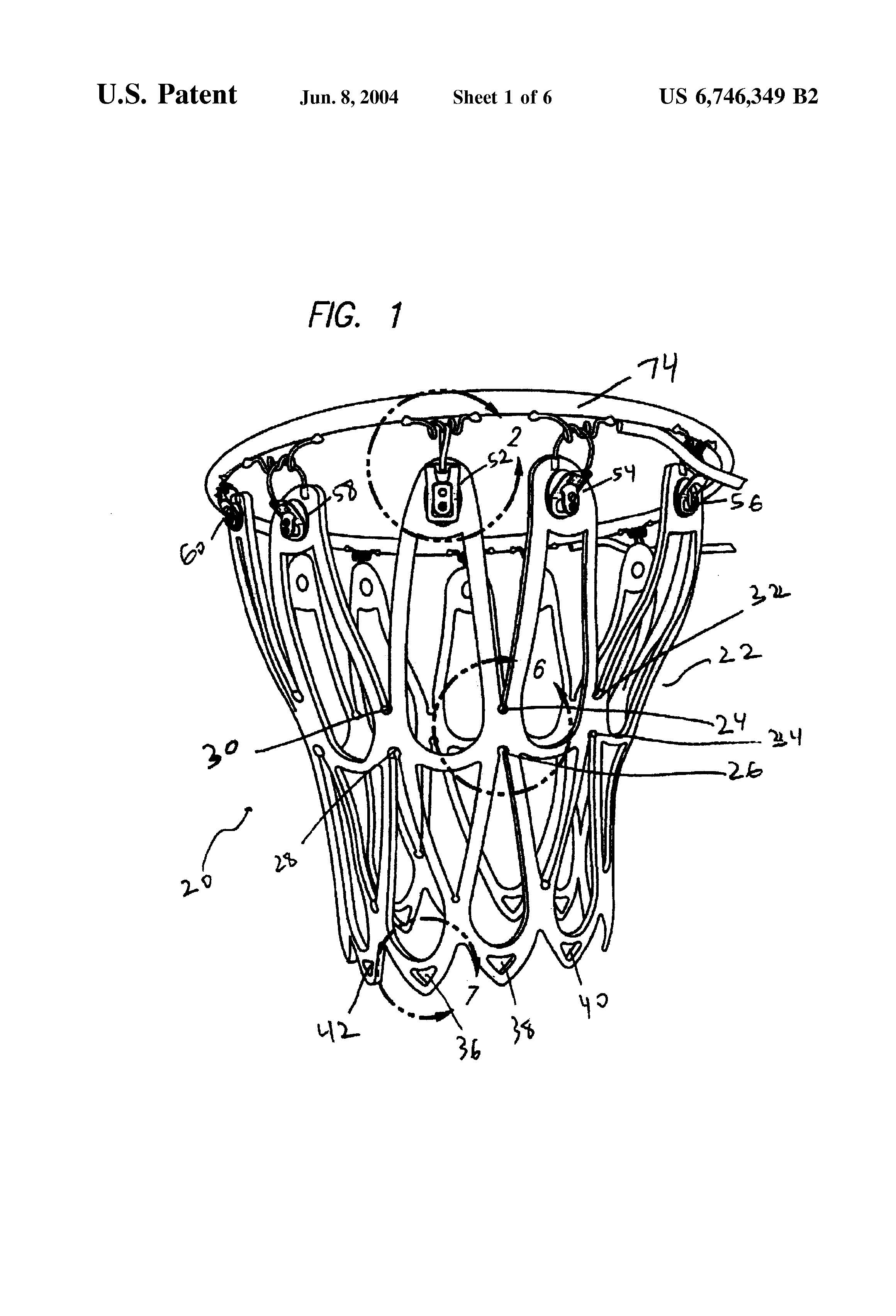
Basketball Shoe
In 1934, John T. Riddell from Chicago received U.S. patent #1,962,526 for a basketball specific shoe. All it really came to was installing a rubber sole onto a leather sole in order to provide players with more friction and reduce tearing. The Riddell company continues to make sporting equipment today, though it has long since retired from producing basketball shoes.
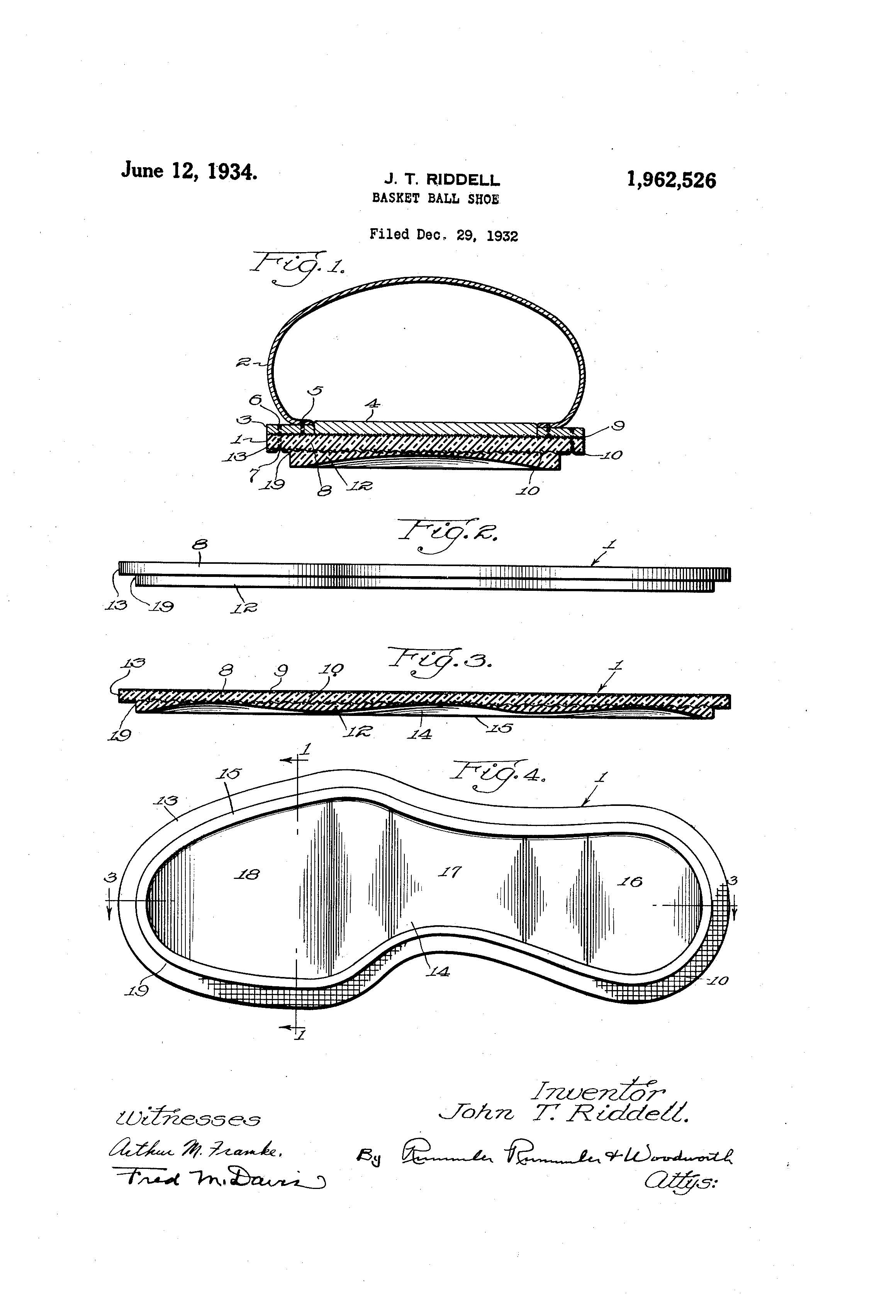
Back stop
Philo Medart granted U.S. patent #1,309,806 on July 15, 1919, for a “Back-Stop” that provides the flexibility of a removable basketball goal. Today portable goals are ordinary, and few spaces are dedicated only to be used as a basketball court. This early portable goal contains both a hoop and a backboard and allowed multipurpose spaces to be converted temporarily into basketball courts.
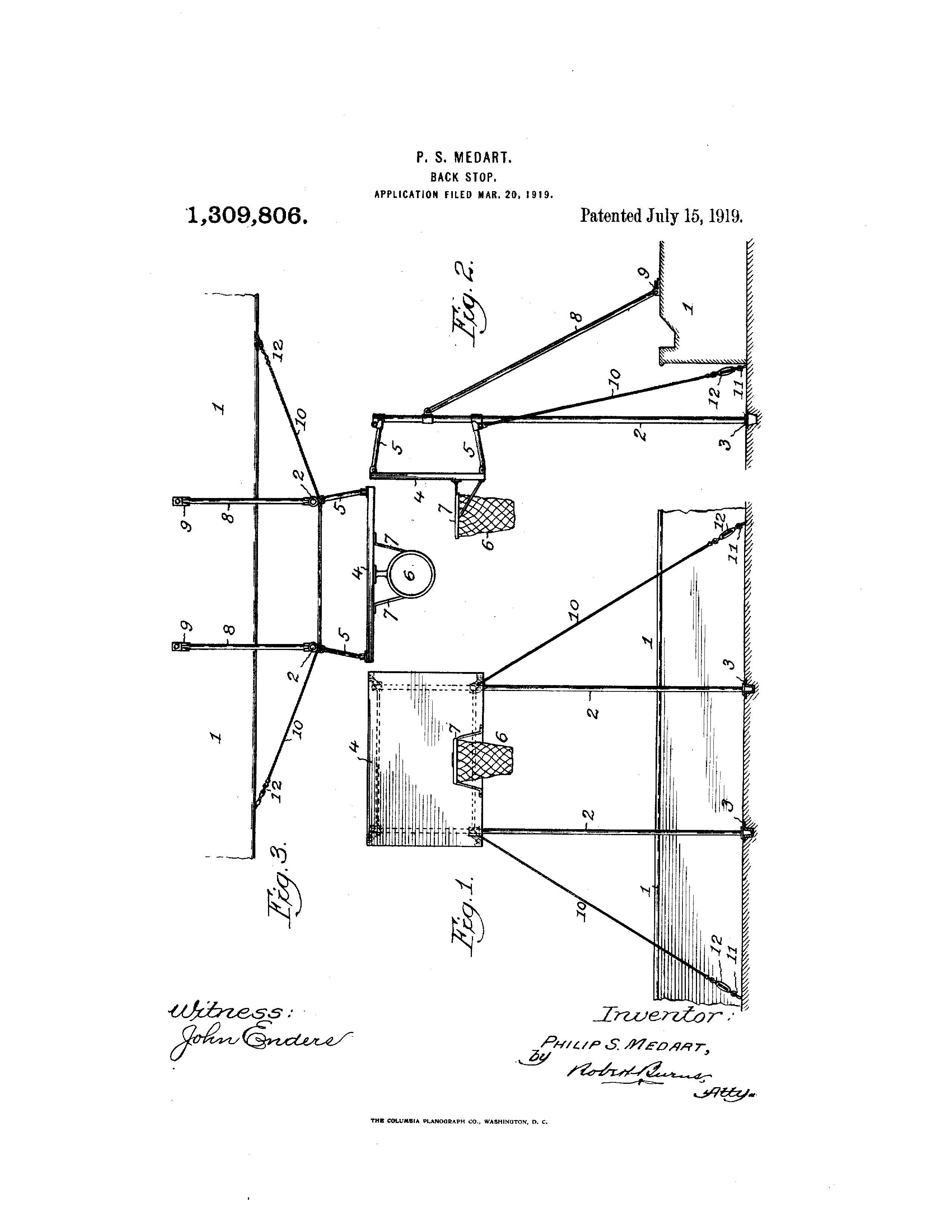
Basketball Shooting Apparatus
Patrick Bowling of New Haven, Kentucky granted U.S. patent #10,080,944 on September 25, 2018, for a “Basketball Shooting Device” both returns balls and helps with a shooter’s form. He says, “Basketball players often have incorrect shooting habits and/or shooting form when shooting a basketball in to a basketball rim. Therefore, a need continues to exist in the art to correct and/or teach better shooting form, as well as, generate muscle memory of the proper form.” The device has guide panels that help shooters correctly position themselves for a shot.
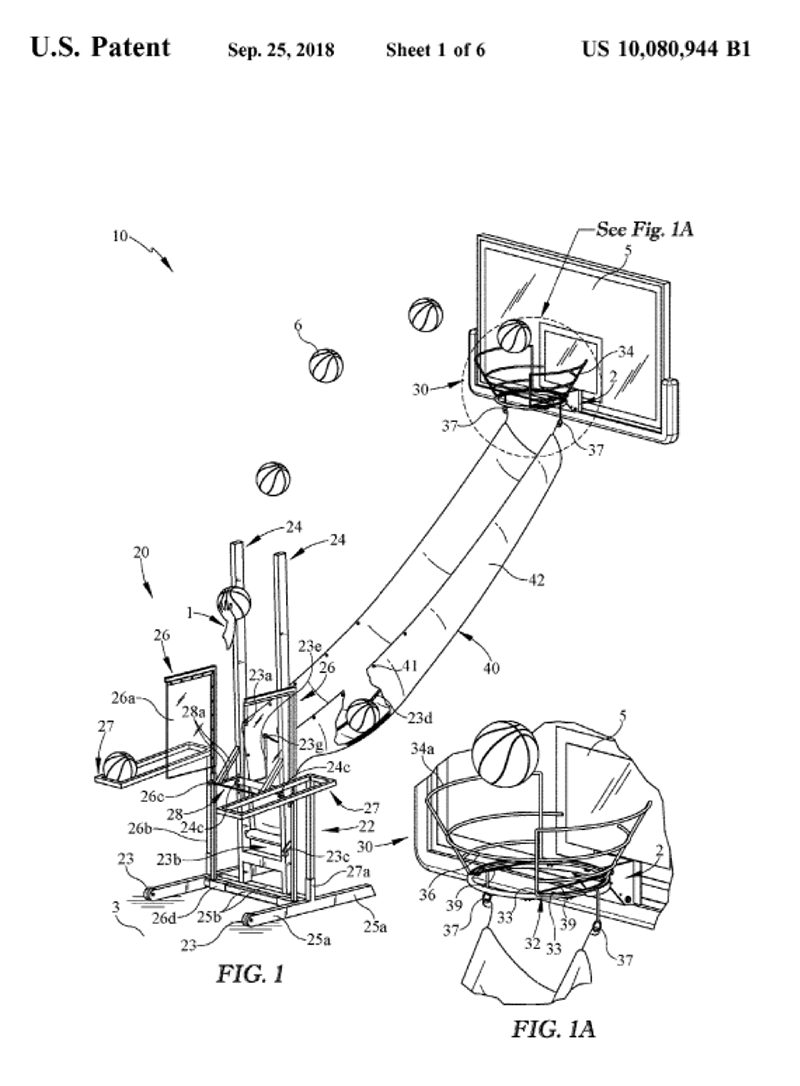
Suiter Swantz IP is a full-service intellectual property law firm providing client-centric patent, trademark, and copyright services. If you need assistance with an intellectual property matter and would like to speak with one of our attorneys, please contact us at info@suiter.com.
St. Patrick's Day IP - Irish Innovators
Ireland is known for many things: its rich culture, hospitality, food, drinks, landscape, and more. But did you know that Ireland was and is the home to quite a few famous inventors and inventions?
In honor of St. Patrick's Day, here are six Irish inventions that have changed the world, some of which you still use today.

Harry Ferguson invented the tractor’s original Ferguson System in 1926. It has the same basic design for modern tractors used today. Known as The Mad Mechanic, Ferguson also invented his own plane, race car and motorcycle. He was the first Irish man to fly in 1909. He also built the very first 4-wheeled Formula-One car.

Guinness is the most popular and successful export of Ireland. Arthur Guinness started brewing the best-selling alcoholic drink of all time in Leixlip, County Kildare before moving to St. James’s Gate Brewery. Arthur Guinness signed a 9,000-year contract in 1759, showing how confident he was in his alcoholic drink. Today, the alcoholic drink boasts over $2.6 billion sales.

There were previous versions of ejector seats, but it was Sir James Martin’s invention that allowed pilots to eject from planes that moved at high speeds. The first live test of his ejector seat occurred in July 1946 and it was a success. An explosion blew away the cockpit and a second blast pushed the pilot out of the plane that allowed him to parachute to safety. Martin’s idea was approved by the RAF and within a year, the whole RAF fleet had been installed with ejector seats.

John Philip Holland has changed the way deep sea exploration could be conducted and the way war could be done at sea. Holland’s first prototype sank on its very first voyage. In 1881, he launched Fenian Ram and it was a success. He won three competitions held by the US Naval Department to design and construct submarines. After successful tests, the US Navy bought its first submarine Holland VII and continued to purchase six more.

John Joly is certainly one of the most productive inventors of Ireland. He invented the meldometer, a device used to measure the melting points of mineral. John Joly was also the one responsible for photometer and steam calorimeter. Photometer is used to measure light intensity and steam calorimeter was designed for measuring specific heats. He was also responsible for using radiation for treating cancer. However, his most popular invention would be color photography. In 1894, John Joly discovered a successful means of producing color photos from one plate. The viewing plate was marked with thin colored lines and the glass in the camera was placed in front of the photo. The photo could then be taken, making the process a lot simpler.

The first stethoscope was invented by Frenchman Rene Laennec in 1819. However, it was an Irishman who would go on to improve the design and create the stethoscope that we know and love today. Arthur Leared took Laennec’s designs and connected two earpieces to the listening cylinder with rubber tubes in 1851 and the modern stethoscope was born.
From all of us at Suiter Swantz IP, Happy St. Patrick’s Day and may the luck of the Irish be with you and your family!
Suiter Swantz IP is a full-service intellectual property law firm providing client-centric patent, trademark, and copyright services. If you need assistance with an intellectual property matter and would like to speak with one of our attorneys, please contact us at info@suiter.com.
Suiter Swantz IP Top Patent-issuing Firm in Nebraska
Suiter Swantz IP Top Patent-issuing Firm in Nebraska
We are proud to announce that Suiter Swantz IP has been ranked as one of the top patent-issuing firms of 2021 by Harrity Analytics! These rankings are based on the total number of U.S. utility patents issued by the Firm in 2021. Suiter Swantz IP is the top patent-issuing law firm in Nebraska and ranks in the top 10 in the 6-state region, including Colorado, Iowa, Kansas, Missouri, Nebraska, and South Dakota (and 187 nationally).
Our patent attorneys and trademark attorneys represent a wide array of clients ranging from startups and individual inventors to multi-billion dollar corporations.
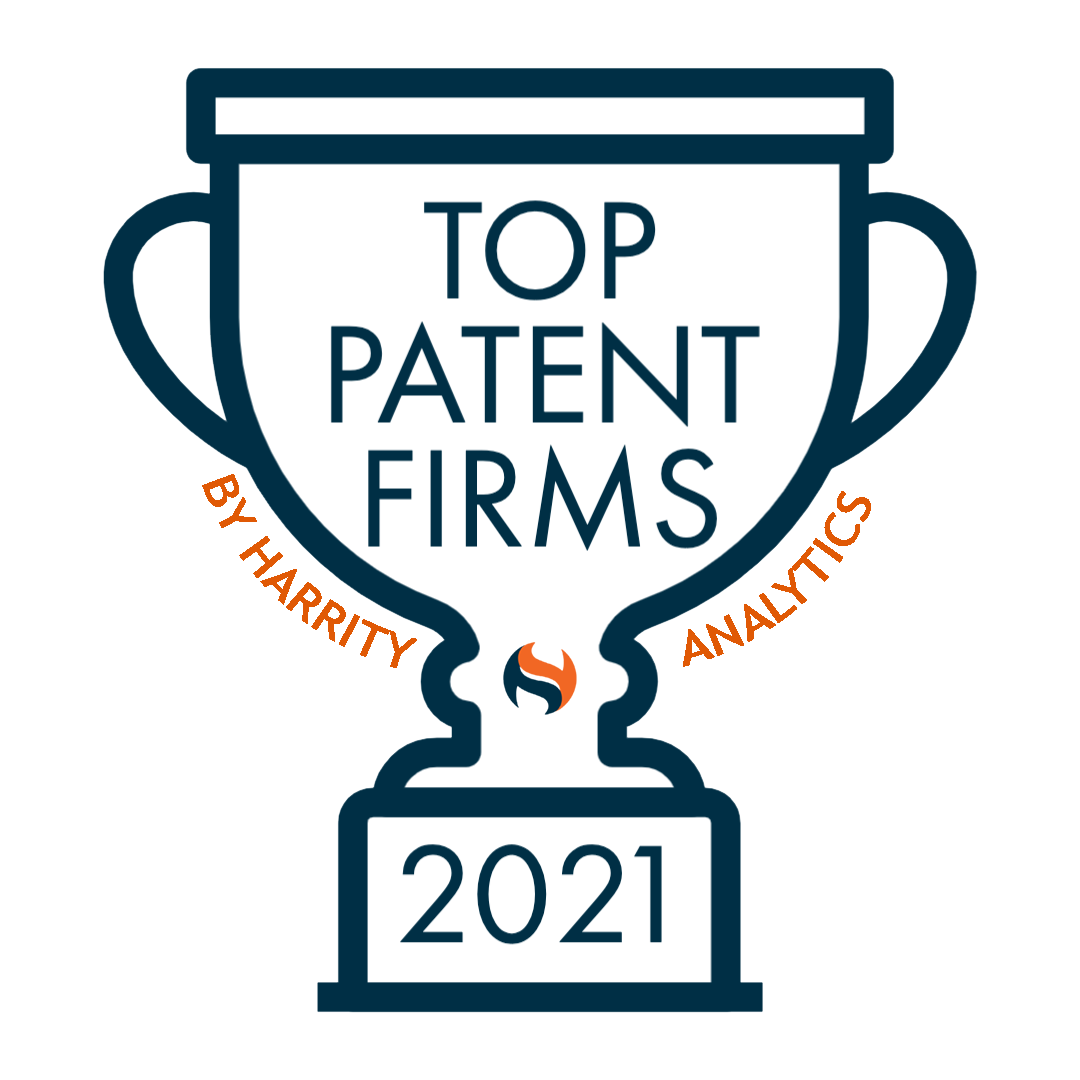
Suiter Swantz IP is a full-service intellectual property law firm providing client-centric patent, trademark, and copyright services. If you need assistance with an intellectual property matter and would like to speak with one of our attorneys, please contact us at info@suiter.com.
National Inventors' Day: Inventions that Revolutionized History
Our nation wouldn't be the same without the incredible inventors who have made America what it is today.
National Inventors’ Day is a day to acknowledge past and present great inventors. First signed into a declaration on February 11, 1983, President Ronald Reagan chose this date because it was Thomas Edison’s birthday. To honor this day we are highlighting 5 inventions that revolutionized history.

The Compass (c. 200 BC)
The compass has helped humans to explore and navigate around the world. In today’s world of satellites and GPS, it may seem irrelevant, but it was an important invention in its day. However, the compass may have originally been created for spiritual purposes and only later adapted for navigational purposes. The earliest compasses were most likely invented by the Chinese, around 200 BC. Some were made of lodestone, which is a naturally occurring form of the mineral magnetite.
There is also evidence that other civilizations may have used lodestone for navigation or for spiritual purposes. At some point, possibly around 1050 CE, people began suspending the lodestones to allow them to move freely and using them for navigation. A description of a magnetized needle and its use among sailors occurs in a European book written in 1190, so by that time, it is likely that the use of a needle as a compass was commonplace.
The Calendar
Historians believe timekeeping goes as far back as the Neolithic period, but actual calendars weren’t around until the B ronze Age in 3100 BC. The Sumerians in Mesopotamia made the very first calendar, which divided a year into 12 lunar months, each consisting of 29 or 30 days.
ronze Age in 3100 BC. The Sumerians in Mesopotamia made the very first calendar, which divided a year into 12 lunar months, each consisting of 29 or 30 days.
Astronomy was huge when it came to keeping track of time. The Sumerians used the sighting of the first full moon to mark a new month. Hundreds of years later, the Egyptians, Babylonians, and other ancient civilizations created their own calendars, using the rotation of the sun, moon, and stars to figure out how much time had passed.

The Printing Press
The printing press is a prominent part of the foundation on which modern civilization was built upon. German goldsmith Johannes Gutenberg is credited with inventing the printing press around 1436, although he was not the first to automate the printing process. Woodblock printing in China dates back to the 9th century, and Korean bookmakers were printing with moveable metal type around 100 years before Gutenberg.
Johannes Gutenberg’s machine, however, improved on the already existing presses and introduced them to the West. By 1500, Gutenberg presses were operating throughout Western Europe, with a production of 20 million materials, from individual pages, to pamphlets, and books. The printing press not only allowed the mass production of newspapers and pamphlets, it also lowered the price of printed materials, making books and newspapers accessible to many, and fostering literacy.

Refrigerator
The first vapor-compression refrigerator was patented in 1835 by Jacob Perkins. British engineer James Harrison built the first mechanical refrigeration system, to create ice, in around 1851. He founded the Victorian Ice Works and is often called "the father of refrigeration". In 1873, he demonstrated that meat kept frozen for months remained perfectly edible.
However, the first refrigerator to be manufactured for widespread use was the General Electric “Monitor-Top” refrigerator of 1927. While it helped to rev up industrial processes initially, it became an industry itself later on.
Computer
Computers are one of humanity’s greatest inventions. Initially built for doing complex mathematical calculations, the bulky computers of the past have evolved into machines that sit on almost every desktop and are carried in our pockets.
Mechanical engineer Ch arles Babbage laid the foundation for this remarkable and most reliable invention, along with Ada Lovelace, who created the first programs. In the early 19th century, the "father of the computer" conceptualized and developed an early mechanical computer. Although there's no single inventor of the modern computer, the principle was proposed by Alan Turing in his seminal 1936 paper.
arles Babbage laid the foundation for this remarkable and most reliable invention, along with Ada Lovelace, who created the first programs. In the early 19th century, the "father of the computer" conceptualized and developed an early mechanical computer. Although there's no single inventor of the modern computer, the principle was proposed by Alan Turing in his seminal 1936 paper.
Suiter Swantz IP is a full-service intellectual property law firm providing client-centric patent, trademark, and copyright services. If you need assistance with an intellectual property matter and would like to speak with one of our attorneys, please contact us at info@suiter.com.
Grown with Love this Valentine's Day!
Roses have always been associated with Valentine’s Day, but who knew they were also significant in patent history? Red is the most common rose color given at Valentine’s Day, and long-stemmed roses are hybrid tea roses. There is always a chance that the red roses that you give or receive this Valentine’s Day are patented.
The first plant patent ever granted was to a Mr. Henry F. Bosenberg in 1931, roughly a year after plant patents became legal. Mr. Bosenberg intended to lengthen the amount of time that a climbing rose would bloom to match the longer blooming period of non-climbing roses.

Ralph Moore invented the red miniature rose in 1976 called “My Valentine.” This plant relates to a distinct variety of hardy, dwarf, bush type rose plant of the miniature class. (Plant Patent 3,935)

Another famous patented rose is “Peace,” for which a patent was granted on June 15, 1943 to French horticulturist Francis Meillard. Available in the United States since 1945, the rose has graced gardens worldwide and continues to be easily found at garden centers. (Plant Patent 591)

One of the most beautiful garden roses gets its name from a silver screen queen. Rosa ‘Marilyn Monroe’ appeared on the garden scene in 2002. The flower, which produces pale apricot blooms and glossy, deep green leaves, is a showy garden planting. (Plant Patent 14,398)

Suiter Swantz IP is a full-service intellectual property law firm providing client-centric patent, trademark, and copyright services. If you need assistance with an intellectual property matter and would like to speak with one of our attorneys, please contact us at info@suiter.com.
Intellectual Property And Their Role In Olympic Games
The intellectual property system, and trademarks in particular, play a pivotal role in safeguarding the unique character of the Olympic Games and their identifications, including the Olympic symbol, Olympic emblems, the flag, the torch and the anthem.
The Olympic Games are the largest and most complex sporting event in the world. The Games are as much a celebration of innovation and creativity as they are of humanity, fair play and sporting excellence.
The Olympic properties are:
- The Olympic symbol (rings)
- The Olympic flag
- The Olympic motto
- The Olympic anthem
- Olympic identifications (including but not limited to "Olympic Games" and "Games of the Olympiad")
- Olympic designations
- Olympic emblems
- The Olympic flame and torches
The International Olympic Committee (IOC) owns all rights on the Olympic properties.
A campaign has been launched to give stronger protection to intellectual property rights involving Olympic symbols. The campaign, launched by China National Intellectual Property Administration and the State Administration for Market Regulation in October, will last to the end of June. The campaign will help ensure the Beijing 2022 Winter Olympics and Paralympics can be run smoothly.
During the campaign, those who infringe patents or trademarks involving Olympic symbols will be punished and IPR-related inspections in places that produce or sell Olympic products as well as at e-commerce giants need to be intensified.
While this may seem overly strict, the purpose of the guidelines are to make sure only companies sponsoring the Olympics and teams are getting the value for their millions of dollars.
Suiter Swantz IP is a full-service intellectual property law firm providing client-centric patent, trademark, and copyright services. If you need assistance with an intellectual property matter and would like to speak with one of our attorneys, please contact us at info@suiter.com.
2022 Copyright Supreme Court Case to Watch: Unicolors, Inc. v. H&M Hennes & Mauritz, L.P.
 Elizabeth Schultz is a patent attorney with Suiter Swantz IP. Elizabeth received her B.S. in Chemistry and a minor in Business Administration from Creighton University and her Juris Doctor from Creighton University School of Law.
Elizabeth Schultz is a patent attorney with Suiter Swantz IP. Elizabeth received her B.S. in Chemistry and a minor in Business Administration from Creighton University and her Juris Doctor from Creighton University School of Law.
On November 8, 2021, the Supreme Court Justices heard oral arguments for Unicolors, Inc. v. H&M Hennes & Mauritz, L.P.
This case asks the Supreme Court to determine whether Section 411 of the Copyright Act requires a district court to request advice from the Copyright Office when there are questions about the validity of a copyright registration but no evidence of fraud or material error.
Unicolors, Inc. (“Unicolors”) sued H&M for copyright infringement in the United States District Court for the District of Central California, alleging that H&M’s “Xue Xu” design is identical to Unicolors’ “EH101” design. In February 2011, Unicolors filed an application with the Copyright Office seeking copyright registrations for thirty-one graphic designs, including the “EH101”’ design. In the application Unicolors had allegedly inaccurately claimed that all thirty-one designs were published by January 15, 2011. Thereafter, in 2015, H&M began selling a jacket and skirt with a pattern design (“Xue Xu” design) virtually identical to that of Unicolor’s registered “EH101” design.

Following an unfavorable verdict, H&M filed a renewed motion for judgement as a matter of law, arguing that Unicolors did not hold a valid copyright because it impermissibly obtained its registration for “EH101” by inaccurately claiming that all thirty-one designs were published by January 15, 2011. The district court rejected H&M’s argument and held that invalidation of a copyright requires an intent to defraud, and no such evidence was present in this case.
On appeal, the U.S. Court of Appeals of the Ninth Circuit held that mere generalized or “constructive” knowledge of an error in the registration application is enough to invalidate the registration.
The Justice’s questioning during oral arguments suggests that the Court may favor Unicolors’ more-stringent intent-to-defraud standard, rather than H&M’s less-stringent standard.
Unicolors argued that Section 411(b) of the Copyright Act requires the infringer to have subjective awareness of the inaccuracy. Unicolors’ argument relied upon the presumption that Congress considered it more important to give authors an effective remedy against copyright infringers than require perfect compliance with the copyright registration system. For example, Unicolors argued that the case law suggests that intellectual property rights are not stripped for a misunderstanding that is based on a legal misunderstanding. Unicolors’ went on to point out that H&M did not cite a single common law case in which a court distinguished inadvertent legal mistakes from inadvertent mistakes of fact. Justice Sotomayor countered and questioned whether Unicolors’ more-stringent requirement would allow copyright trolls to play the system.
H&M argued that Section 411(b) of the Copyright Act does not excuse mistakes or ignorance of law. H&M argued that if mistakes of law were excused then there would be no incentive for registrants to “engage diligently” with the Copyright Office. Unicolors’ argued that H&M’s standard would result in “a sport for infringers to try to find legal errors or any other sorts of errors in copyright applications, especially willful infringers who, like H&M, actually have no other defense.”
A ruling in favor of Unicolors would give the Court an opportunity to reinforce the foundations of the copyright registration system. Stay tuned to find out how the Court rules.
Link to oral arguments: https://www.supremecourt.gov/oral_arguments/audio/2021/20-915
Suiter Swantz IP is a full-service intellectual property law firm providing client-centric patent, trademark, and copyright services. If you need assistance with an intellectual property matter and would like to speak with one of our attorneys, please contact us at info@suiter.com.
